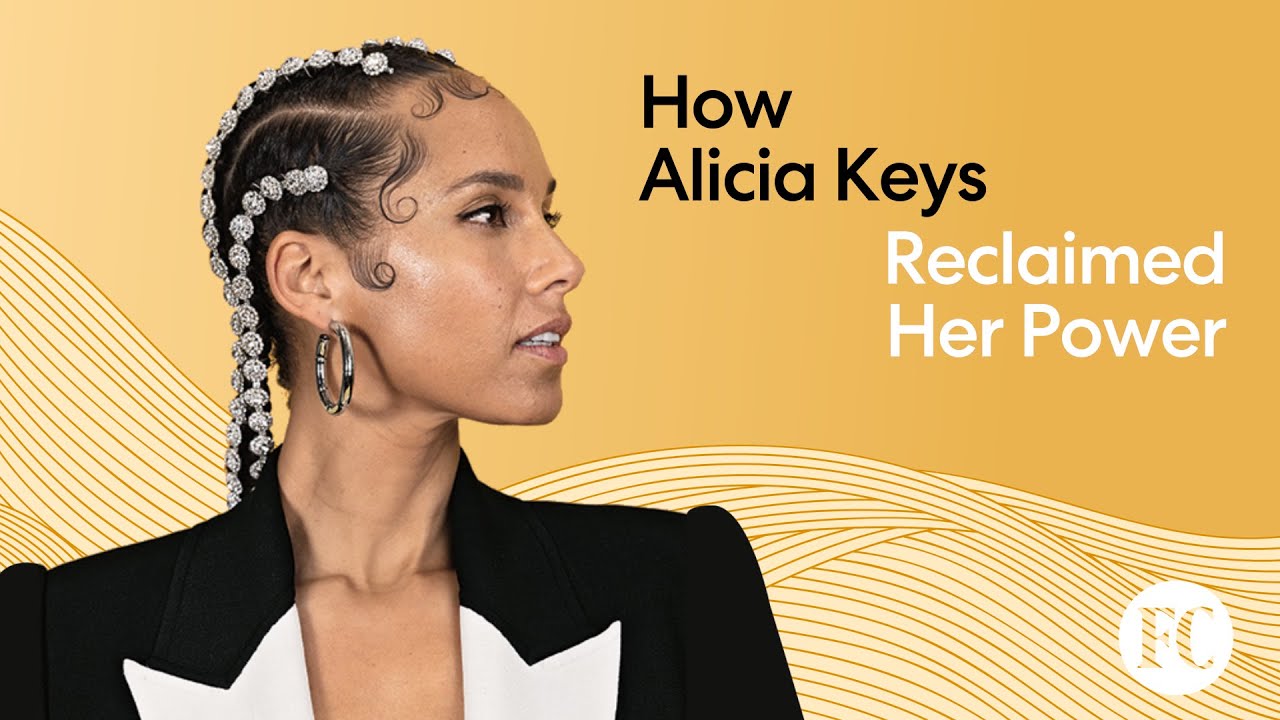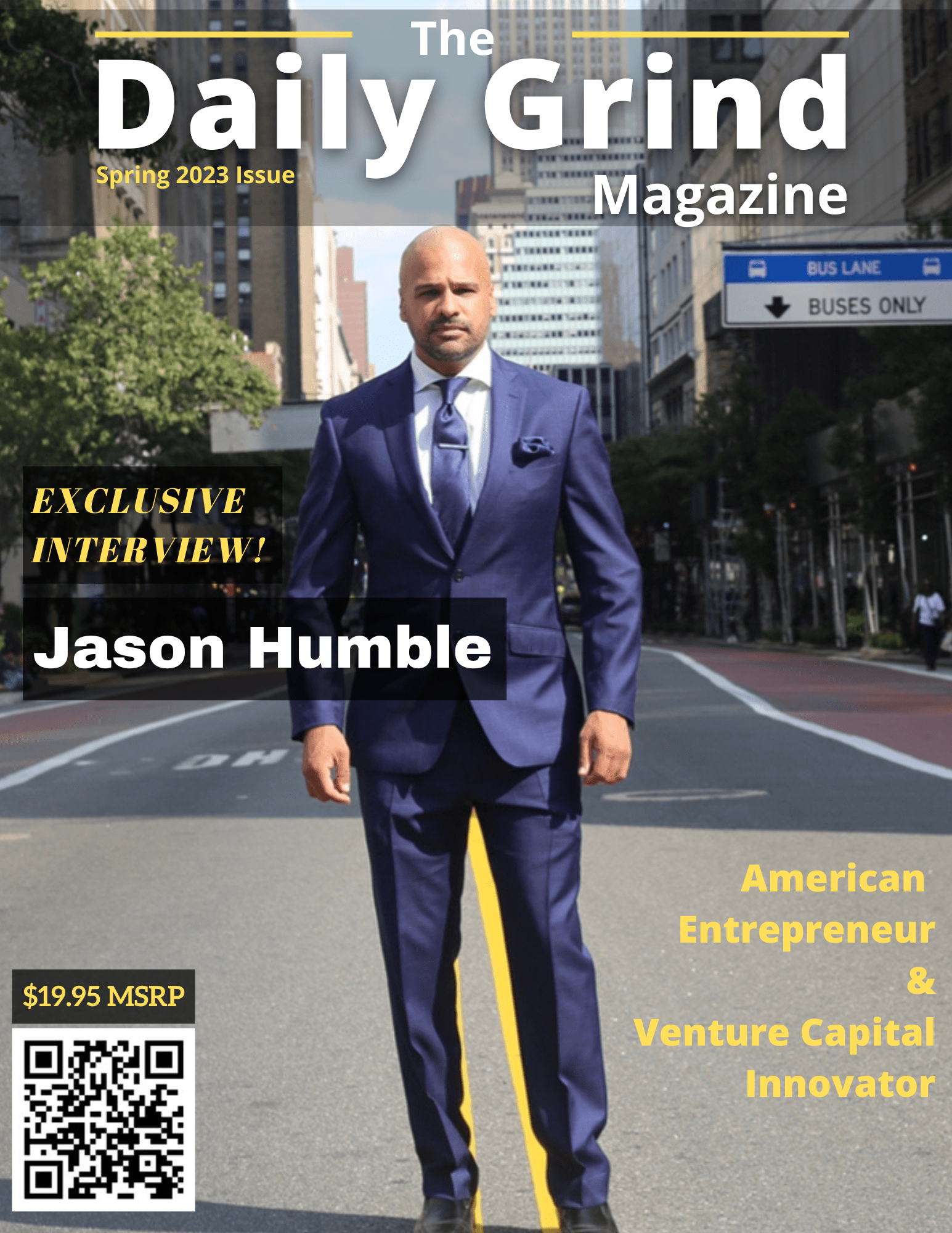– And at the end of the
day, oftentimes, I would be In my bed, laying down,
and it would be 10:00 PM And I didn’t take one breath for myself Or even eat or even like, write one note Or touch one piano key. I was like, ”Whoa, who am I? ”And how do I even find
any type of balance?” (soft music) I like to center a lot of
my thoughts around gratitude And so I feel grateful. I am grateful for this conversation And for our connection, And for our honesty and transparency, And being able to talk about a piece That means a lot to me
and a lot to all of us. And I think that so many
of us are going through Because it’s just unrelenting. The world we’re living in is unrelenting And so at some point,
we have to figure out How are we relating to
ourselves within that. And so it feels like this is
part of those conversations That help us get to the bottom of it. – I’m feeling really grateful to be part Of this amazing group of people And having this conversation
that I think is so important To have so that people
know that it is okay Not to be okay and when
we’re not feeling that way, It’s important to talk about it And share that with other people. – I was diagnosed with
being bipolar at age 25. And I started talking,
initially, just to a few people, Like, one sibling, one
friend, one person at work. I wanted someone from each
of those three elements Of my life to know what’s
going on, it’s like,
To keep an eye on me. The one thing I learned
as being a young executive In software, is many
times you take somebody Who’s like, bright and
early in their career And they get promoted a few times. And then we get hit with imposter syndrome Where we feel like we’re incompetent. Someone’s gonna discover I have no idea What I’m doing running this team. And the secret I learned
about imposter syndrome is If you’re simply vulnerable to your team And you acknowledge the
things you’re not good at, You’re not hiding anything anymore. And to me, it’s getting
rid of the hiding is The first part of the healing. – And it matters that we
are able to have the space To share what is happening
and what we’re going through. – So it’s the year 2000 and I
had no idea I was unraveling. I was spiraling upward. And it was the turn of the millennium And I can remember seeing a
video of people praying on TV For the arrival of the Messiah. And I came to the conclusion,
mixture of drinking And the unraveling mental
state that that was me. And I ended up in a
hospital and I spent a week. And the good people
there got me medication, They got me healthy. It was the hospital,
actually, where my mom worked And where I had worked. And so there was a sense of secrecy About what was happening on the outside. And I got diagnosed, I remember the words Bipolar disorder type one. And I couldn’t process it.
It was a moment where coming out, I felt so much humiliation and shame About my memories of the manic episode That to acknowledge that that had happened Would be to acknowledge the diagnosis. And then in the formative
years of building a startup, Bonobos, I started to
experience catatonic depression. Couldn’t got out of
bed, suicidal ideation. I went through, you
know, co-founder divorce. I went through always being six weeks Or six months, or
whatever the duration was From running out of money. And so I began medicating
my good moods with alcohol And treating my depressive
moods with silence And secrecy, just hiding from the world. And then 16 years after the diagnosis, I had a catastrophic psychotic episode. And the next six months were
really a floating pain cave Of am I gonna get better, Is my relationship gonna fall apart? Am I gonna get fired from my job? And that was the reckoning And that was when the journey began. – Speaking of this idea
of normalcy, this idea of, You know, I think we all deal deeply With a game of perfection
or the name of perfection, Or this idea that we’re supposed To be perfect in some
way, and same with me. I’m a New Yorker, I felt
like I didn’t want people To kind of violate me, I put up a wall. But I put up the worst kind of wall, The wall that you pretend is not there. You know, the wall that you keep there So you think you’re protecting yourself
But in actuality, you’re hurting yourself. Because if you would just tell
people exactly what you feel Or that you’re inadequate Or that you’re completely terrified, Or that you’re, to Paul’s
point, that you feel This sense of, you know,
uncertainty, or ability. You don’t feel certain that
you can even do anything That you thought you could
or claimed you could, Or said you could, this
whole imposter idea. And so all of it kinda like,
boom, was that at once. But all I knew what to do was just to… They say fake it until you make it. That’s the only thing I knew how to do. I was just gonna try my best
to do the best that I could For as long as I could,
pretend like I knew What I was doing, and eventually,
people might believe me. And maybe I would believe
myself, I guess that’s What it really boiled down to. – So I think it starts with
the safety to tell your story. And I’m forever grateful
that after we sold Bonobos After a decade to Walmart,
during the transaction process, You know, $300 million transaction, I disclosed to them that
on my background check, They might’ve found out
that I had been arrested. And I said, ”Here’s the issue ”that I dealt with and deal with. ”Here’s what happened.” And I was on pins and
needles for two weeks Wondering whether the
deal might fall apart, You know, high profile executive coming in With bipolar disorder. And when I found out it was no issue That they had, you know,
done a process internally, Tears streaming down
my face to be accepted
By the organization as a whole being. I’ll never forget that. – That’s beautiful, wow. – There’s a traditional
view of the workplace That people have their lives
and then they put their lives To the side and then
they would come to work And they were in their work phase, And then they would go back to their life. And I think what we are
evolving towards is a model Where people can bring part Of their lives into the workplace Because you don’t stop
being a human being. And that has always been true,
but I think business leaders And organizational workplace leaders Have not recognized that. And I think that change and
showing that vulnerability is What is actually allowing people To be able to perform better. Because when you can bring
your whole self to work And you don’t have to worry
about trying to hide parts Of yourself, whether
you’re being in the closet About being LGBTQ or being in the closet About being or having a
mental health condition, You don’t have to exert all
that pressure and energy To hide and push down who you are. And I think it’s really
important that we recognize That putting that pressure on people Impacts different types of
people disproportionately. – I think the main responsibility we have As business leaders, when
it comes to mental health, And really, all health issues, is To let your team know
that you have their back And you will be there for
them when they’re struggling. I have found that it’s
been helpful to my team
When they hear me be a little vulnerable And talk about things that
I’ve experienced, myself. And I don’t want to go
on a soap box about it And some people are
uncomfortable hearing it, So I don’t wanna make
anyone uncomfortable. But at appropriate times, I’ll be open, Sometimes in smaller groups, And I think that gives other people The permission to be open. I’ve often said that when you look At business leaders,
people follow confidence, But they are loyal to vulnerability. And so I think just being
that open, transparent leader And willing to share your own
troubles makes you someone That other people wanna share with you. – I think that if you
can create the structure And the openness and
the culture and lead it And be very clear, give people directives, Then they’ll start to feel that protection That Andy is saying. ’Cause not everybody’s
as brave as Andy to say, ”Okay, look, take me or leave me.” But some people, if you
give them the direction, Then they can feel, hopefully,
a little bit more confident That there’s a trust that can be built And then they can open to what you said. And then I think that’s a small But feeling like a real way to start To integrate these type of ideas.





